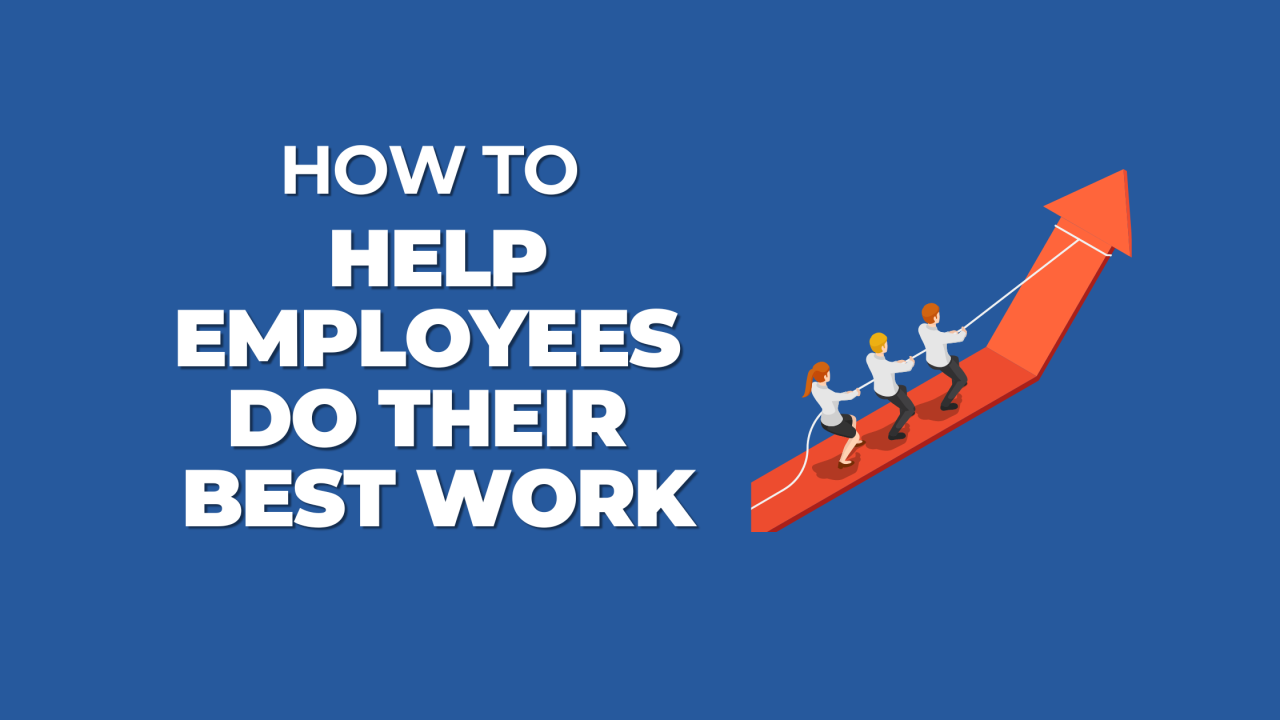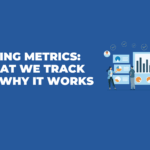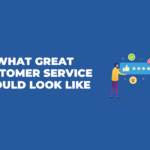Employee effectiveness is a critical component of any organization. When employees perform more effectively they are better able to contribute to the overall success of the company.
While there isn’t a single formula that guarantees employee effectiveness, managers are always looking for ways to tap into an employee’s potential for productivity. In this article, I’m sharing some useful insights that can help employees perform at their best.
Strengthen their sense of purpose at work
Fostering a sense of purpose is key for leaders who want to inspire people to do their best work. Because purpose is quite personal, it’s important to provide opportunities for employees to directly experience and understand the value of their contributions. Find ways to highlight the value of their tasks and how they fit into achieving the company’s goals and perhaps even their own professional goals.
Allowing employees to see and experience the tangible impact of their work can drive their sense of purpose. By highlighting how their roles and skill sets are making a difference in achieving company goals, their contributions resonate with them clearly which in turn makes work feel more purposeful and engaging.
Learn the details of their workday
Learning the details of an employee’s day can provide many valuable insights into employee effectiveness. It can help expose issues that affect their productivity and reveal challenges that get in the way of their work. It can also provide insights into possible areas of improvement and growth which can be addressed by training and coaching.
As managers become privy to the details of an employee’s daily tasks, they are better able to understand the impact of their decisions and lead more effectively. Their observations also put them in a better position to provide support to employees, creating a more positive and productive workplace.
Make knowledge more accessible
Knowledge is a key component to harnessing employee effectiveness. It’s important to address information gaps that can affect performance and equip employees with what they need to build and expand their knowledge in the workplace.
Managers need to ensure that employees are fully aware of the available tools, resources and information that are necessary to do tasks effectively. It’s also important to establish procedures that facilitate access to available knowledge so that employees are able to find it when they need it, apply it to their work, and perform more effectively.
Proactively and consistently connect with employees
Instead of the usual task updates and occasional check-ins, it’s important to be authentic and consistent about connecting with employees. Giving space and time to establish individual connections allows employees to feel seen, heard and valued.
When leaders take the time to be curious about what their employees need, acknowledge their input and make an effort to not only provide but implement feedback, employees are likely to become more invested in their own productivity.
While employee performance will always have its ebbs and flows, taking on different approaches to providing employee support is key to a more productive and engaged workforce.






